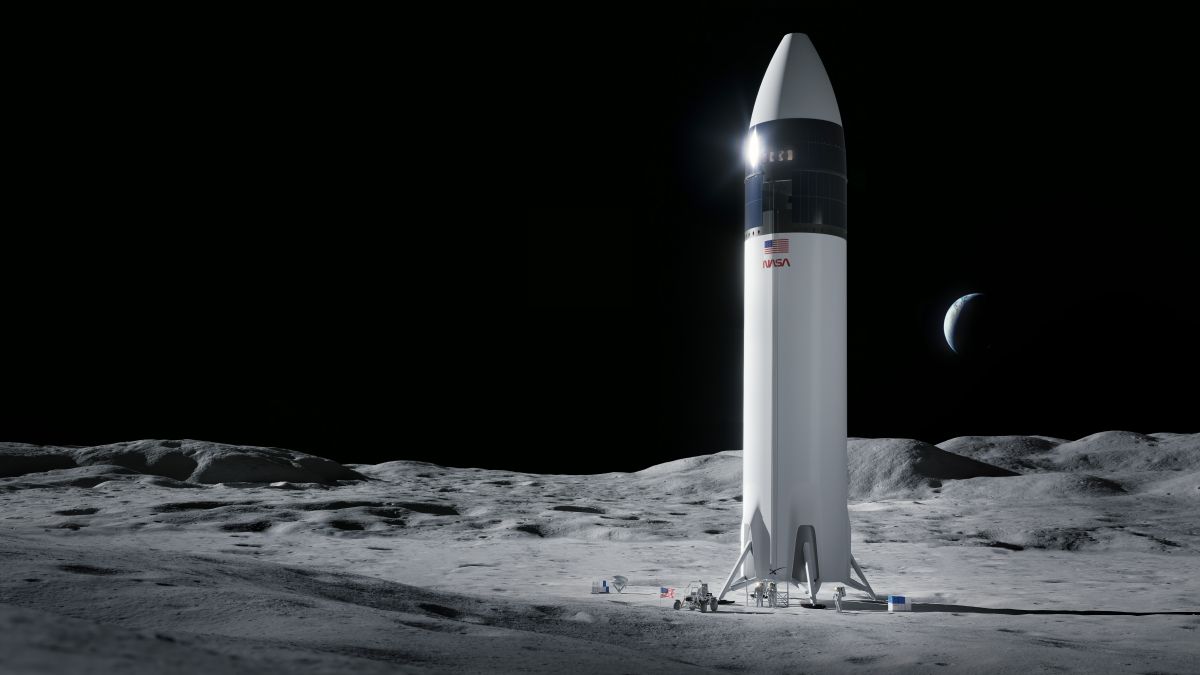As NASA continues plans for multiple commercial deliveries to the Moon’s surface per year, the agency has selected three new scientific investigation payload suites to advance understanding of Earth’s nearest neighbor.
Read MoreMonth: June 2021
Marshall Ships Next-Generation Air Filtration Hardware to Wallops for Flight to International Space Station
New air filtration technology built and tested at Marshall is bound for the International Space Station – where it will demonstrate advanced life support system capabilities that could help future explorers on the Moon and Mars breathe easier.
Read MorePlan Ahead for the 2023 Annular Solar Eclipse — and a Visit to Dark Sky Parks
If today’s solar eclipse has you wondering when the next one will cross the continent, start planning now for a stellar trip around October 14, 2023. The post Plan Ahead for the 2023 Annular Solar Eclipse — and a Visit to Dark Sky Parks appeared first on Sky & Telescope.
Read MoreA Partial Solar Eclipse
A partial solar eclipse is seen as the Sun rises behind the United States Capitol Building, Thursday, June 10, 2021, as seen from Arlington, Virginia.
Read MoreFour ways to enjoy a solar eclipse
This article was originally published at The Conversation. The publication contributed the article to Space.com’s Expert Voices: Op-Ed & Insights. Samantha Rolfe, Lecturer in Astrobiology and Principal Technical Officer at Bayfordbury Observatory, University of Hertfordshire The kind of solar eclipses usually portrayed in films are total solar eclipses — a reasonably rare event. They’re likely what you think about when you hear the word “eclipse.” A total eclipse is when the moon and the sun line up in the sky in such a way that the moon blocks the entire face of the…
Read MoreSenate passes huge tech funding bill, includes $10 billion for NASA moon landers
The U.S. Senate passed a spending bill on Tuesday (June 8) that would allocate nearly $250 billion to American scientific and technical research — including $10 billion for the development of private crewed moon landers for NASA. The U.S. Innovation and Competition Act sailed through the Senate on a 68-32 vote. As its name suggests, the bill is designed to boost American industrial and technological competitiveness, chiefly with China. The bill, which was previously known as the Endless Frontiers Act, includes an amendment recently added by Sen. Maria Cantwell (D-Wash.).…
Read MoreTeams Engineer Complex Human Tissues, Win Top Prizes in NASA Challenge
Two teams of scientists from the Wake Forest Institute for Regenerative Medicine (WFIRM) in Winston-Salem, North Carolina, have won first and second place in NASA’s Vascular Tissue Challenge.
Read MoreHere’s the US weather forecast for the ‘ring of fire’ solar eclipse of 2021
On Thursday morning (June 10) much of North America will see the moon block some portion of the sun during the first solar eclipse of the year — weather permitting, of course. While parts of northern Canada, Greenland and Russia will witness a “ring of fire” as the moon passes directly in front of the sun, observers in parts of the U.S. will see only a partial eclipse, with the moon appearing to take a “bite” out of the sun. Here is Space.com’s assessment of the chances of getting a…
Read MoreGalactic Goulash
One definition for goulash, according to the Merriam-Webster dictionary, is mixture of heterogeneous elements, jumble. This 2017 image of Arp 299 is just that.
Read MoreNASA Administrator Statement on US Innovation and Competitiveness Act
NASA Administrator Bill Nelson released the following statement Tuesday after the Senate passage of the U.S. Innovation and Competitiveness Act.
Read More